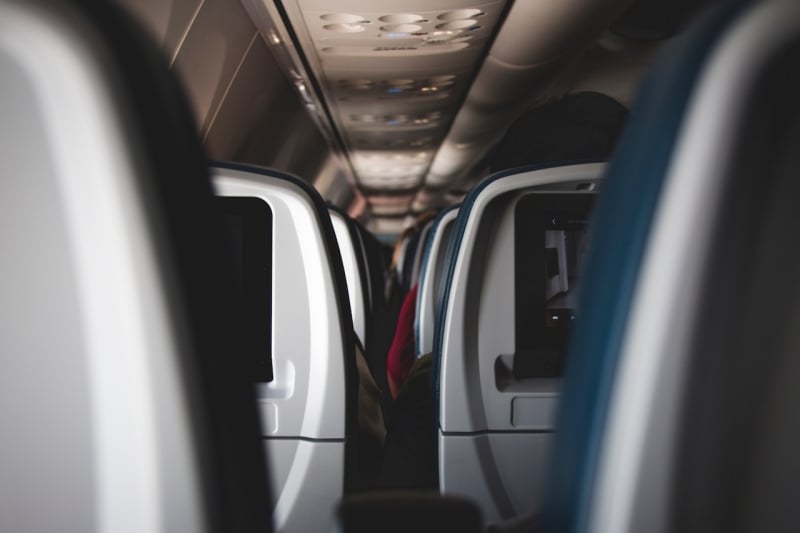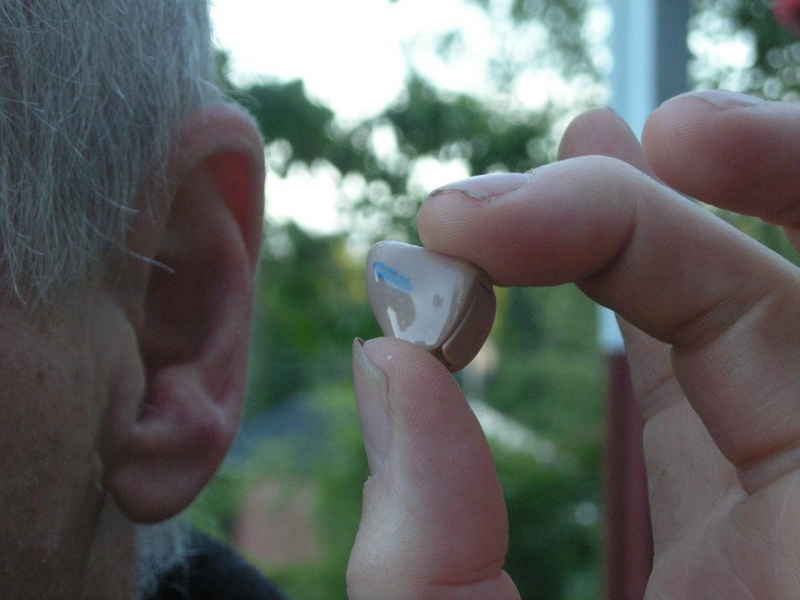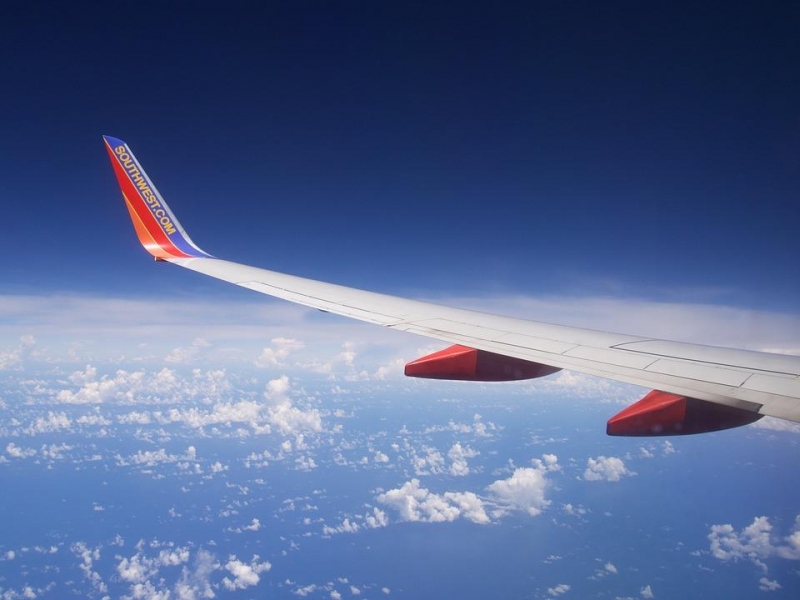When we’re jetting off to some new, far-off place for a vacation, it’s safe to say that many thoughts go through our heads. What kinds of things will we do, what kinds of places will we visit, what sort of food will we eat. That sort of thing. Happy, positive thoughts.
Which is exactly why this article is the sort which you wouldn’t want to read a few nights before your big trip. But it is one you essentially need to read. Because while all seems fun and exciting as your plane takes off towards your destination, there is also a host of risks associated with air travel.

I’m not talking about bad weather, emergency landings and other tragic accidents. No, this article focuses on the untold, unseen dangers of flying which can often severely affect our health. On that joyful note, let’s begin!
Deep Vein Thrombosis

Image credit: sportEX Journals
Deep Vein Thrombosis (DVT) is a critical medical condition where a blood clot unexpectedly forms in the veins of the legs due to extended inactivity. The blood clot can occasionally work its way into more critical organs like the heart or lungs.
Existing research has shown that as much as 25% of people who developed DVT were on long-haul flights! This is because on these long-haul flights, we often remain sitting in a rigid, vertical position that impedes normal blood circulation, leading to the blood clot, swollen legs and, if not given proper medical attention, potentially even death. Such was the case for Emma Christoffersen, who died from the condition after a 20-hour flight from Australia to London.
The only way to prevent this is to ensure that you do not remain seated for too long. Taking occasional breaks to go to the lavatory certainly helps during those cross-continent flights.
General illnesses and fatigue
It doesn’t take a rocket scientist to figure out that the human body was not intentionally made to travel across multiple time zones in the air for extended hours of time. That’s why when we fly from one part of the world to another, we get jetlag (medically termed ‘desynchronosis’).
For those who, for some reason, don’t know what jetlag is, it’s when your body’s rhythm of sleep is disrupted and you become extremely tired, irritable and disoriented. A study from The Lancet in 2007 showed that those who suffer from frequent disruption of their body’s natural rhythm may develop serious health issues such as loss of brain power, psychotic and mood disorders, and potentially even heart disease!
What’s more, airborne particles (read: GERMS) travel up to 50 feet and disperse in all directions due to the airflow in a plane! That’s why you’re 100 times more likely (based on the Journal of Environmental Health Research) to catch a cold if you’re a frequent flyer! Think about that the next time the passenger next to you sneezes. Oh joy.
Dehydration and partial loss of taste
In a 2010 study by Lufthansa, it was found that airborne passengers often lose the ability to accurately taste salty and sweet foods by up to 30 percent. This is caused by the dry air conditions of the cabin which severely dries out the mouth’s mucous membrane.
This is especially risky for those suffering from diseases such as hypertension or diabetes, as excessive amounts of salt or sugar could lead to severe consequences. The obvious answer is to then stay hydrated but not many people do that while in flight (and FYI, coffee, tea and alcoholic beverages only worsen the situation).
Hearing loss and breathing difficulties

Image credit: Jonas Bergsten
The UK’s National Institute for Occupational Safety and Health (NIOSH) sets the occupational safety limit for sound at 88 decibels/four hours. The noise on a plane during a four-hour flight is upwards of 95-105 decibels.
Yes, dear friends, depending on where you are seated during a flight, you are exposed to the risk of hearing loss, and the more you fly, the greater the risk. The good news is that this condition is easily rectified through the use of noise-cancelling headphones.
Another often unnoticed health hazard while flying is the deplorable air quality. When we’re zipping through the air, our main source of oxygen is drawn in by the engine and channelled into the plane’s interior. That on its own is not a problem. However, in a bid to save costs and lower airfare, a number of commercial airlines recycle the air in the cabin several times in order to save on fuel.
Because of this, the air becomes increasingly fetid and as each cycle of air is recycled, oxygen content drops, making your body work even harder to get enough oxygen into the bloodstream. This is potentially risky for those flying for an extended period of time whilst suffering from respiratory diseases.
Also read: 10 Tips on How To Survive (& Actually Enjoy) Long-Haul Flights
Don’t sweat the details

I hope reading this article hasn’t made you paranoid of flying or convinced you of putting off your travel plans though. While some of these health hazards are pretty serious, it’s important to note that they are easily preventable. If anything, at least the points in these articles have made you more aware of the potential dangers of flying and now you can make proper preparations to avoid these nasty situations! Have a safe flight!






